Cargando...
Recursos educativos
-
Nivel educativo
-
Competencias
-
Tipología
-
Idioma
-
Tipo de medio
-
Tipo de actividad
-
Destinatarios
-
Tipo de audiencia
-
Creador
-
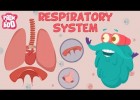
Breathing and the respiratory system
V&V Books Vicens Vives Organización
- 2 lo usan
- 906 visitas
Hey Kids, have you ever wondered what happens after we breathe? How does the air travel inside our body? Well, watch the video animation and find out
-
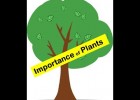
The importance of plants
Esdres Jaruchik Organización
- 541 visitas
Plants play a very critical role on this planet. They provide food,air to breathe as well as many other innumerable benefits.
-

Initial evaluation 03 - Animals
EduBook Organización
- 3285 visitas
Match the groups of animals with their characteristics: Fish They have hair or fur. They have feathers. They use gills to breathe. They have an internal skeleton. They reproduce with eggs. They regulate…
-
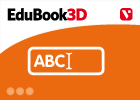
Final self-evaluation 11.02 - The Animal Kingdom (II). Vertebrates
EduBook Organización
- 2574 visitas
Complete the following sentences with the missing words: The of amphibians is not protected against drying out. The presence of a is the difference between anuran and urodele amphibians. Amphibians have…
-
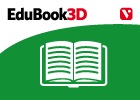
-
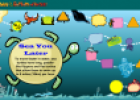
Journey to the bottom of the sea
Tiching explorer Organización
- 1 lo usan
- 5215 visitas
In this activity we find out about the things, or properties, that make ocean creatures water special (what makes them breathe, eat, communicate and move in water). We read the descriptions and match…
-

Answer. Fish
EduBook Organización
- 3313 visitas
Remember what you have studied in this section and answer the questions: Where do fish live? Describe the body of a fish. How do fish breathe? What is the name of the sensory organ in fish?
-
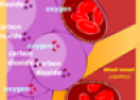
Respiratory system
e-Learning for Kids Organización
- 1 lo usan
- 4370 visitas
In this lesson, with animated illustrations used as aids, we learn how our lung work to obtain oxygen from the air we breathe and how oxygen passes to our blood. Next, we can do an activity to test our…
-

True/false. Characteristics of amphibians
EduBook Organización
- 2240 visitas
Decide if the following statements are true or false: Amphibians live in salt water. ➝ The skin of amphibians is always dry. ➝ They have four legs. ➝ Amphibians breathe through their skin and with…
-
![Choose the correct the correct endings for the sentences. [...] | Recurso educativo 525595](//s.tiching.com/uploads/contents/2014/05/19/525595_1400529047_s.png)
Choose the correct the correct endings for the sentences. [...]
EduBook Organización
- 2067 visitas
Choose the correct the correct endings for the sentences. Then copy them in your notebook: There is more air Humans find it easier to breathe There is little or no air
Te estamos redirigiendo a la ficha del libro...











![Choose the correct the correct endings for the sentences. [...] | Recurso educativo 525595](http://s.tiching.com/uploads/contents/2014/05/19/525595_1400529047_s.png)

